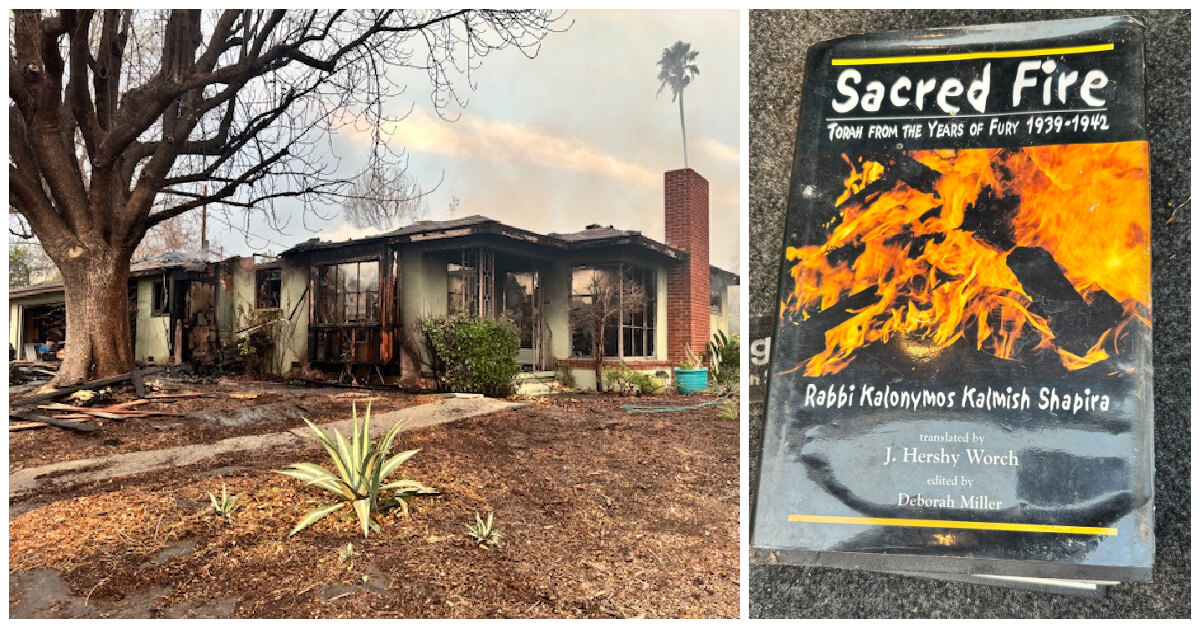Old Songs Reach New Audiences — Online
Imagine a tenement kitchen, circa 1890. A mother lifts her howling baby, his tiny hands knotted in fists, legs pounding the air. She cradles his head against her shoulder, and begins swaying rhythmically. While the child melts into sleepy silence, she sings a popular lullaby: “Rozhinkes mit Mandlen” (“Raisins and Almonds”).
It’s been decades since Abraham Goldfaden’s opera “Sulamitha” was staged in the Yiddish theaters of New York, but the show’s “Rozhinkes mit Mandlen” — the “Sunrise, Sunset” of its day — endures. Mandy Patinkin has recorded his own rendition; so has Chava Alberstein. And thanks to a new project at Brown University, everyone with an Internet connection will soon be able to create an original rendition at home by downloading the original sheet music for “Rozhinkes mit Mandlen” — and hundreds of other Yiddish songs.
Printed scores of Yiddish music once rested open on living room pianos across America. Over the years, those scores made their way into such university libraries as the John Hay Library at Brown University, which holds 2,000 pieces of Yiddish sheet music. One of the largest collections in the country, it has long been open to the public, but you had to visit Brown’s campus in Providence, R.I., to see the documents. Once the university’s recently launched digitization project — turning original paper documents into computer image files — is completed by the end of the year, however, you will be able to view up to 700 complete scores online, anytime, anywhere, through Brown’s virtual library of Yiddish American sheet music.
Nearly 200 pieces of Yiddish sheet music are already available online as downloadable image files, freely available for noncommercial use.
(Visit http://dl.lib.brown.edu and click on “Collections” to view the files.) Most works, published in New York or Chicago, are for piano or violin. The lyrics are printed in transliterated Yiddish. The collection stretches from the late 1880s to 1923; nothing dated after 1923 can be digitized without explicit permission due to copyright considerations.
An outgrowth of Brown’s Harris Collection of American poetry and plays, the archive of Yiddish music constitutes just a fraction of the school’s entire sheet music collection, estimated at half a million pieces. The Yiddish grouping comes from three main sources: a large purchase in the late 1960s from Menacha Vaxer, a New York book dealer; a gift by a Providence doctor, Joseph Zucker, of his mother’s sheet music; and an acquisition from the National Yiddish Book Center in Amherst, Mass.
The Yiddish project is a work in progress, as Brown digitizes many of its sheet music collections. The idea is to make the library’s materials widely accessible. “In 50 years, even if the World Wide Web goes away, we still have these master scans that we can come back to,” said Patrick Yott, Brown’s head of digital services.
Brown is financing the Yiddish project out of the regular operating budget of its Center for Digital Initiatives. The actual scanning is done in house by students, who have put in 400 hours so far.
It’s one thing to post scanned documents on the Web; it’s another to make them searchable. Rosemary Cullen, the John Hay Library’s senior scholarly resources librarian, has been cataloging each piece of sheet music, and Yott’s group has been publishing her records online. Cullen, who does not know Yiddish or Hebrew, contends with a foreign alphabet and free-wheeling transliterations. She conservatively estimates it takes her 15 hours to catalog 100 pieces. The payoff will be in how much more accessible the digitized works will be compared with the hard copies.
The original paper documents are stored alphabetically in boxes, organized by composer or by song title. If you want to find anything out of the ordinary — say, all cover art by illustrator Rose Starmer, or a collaboration by Boris Thomashefsky and Joseph Rumshinsky — it’s like looking for a needle in a haystack. Tap keywords into the virtual library, however, and searches like these are a cinch. Cullen gathers a wide range of data to make these connections possible. “Aside from cataloging the title and all the variants,” Yott said, “we want to do the first line of the chorus, and the first line of the first verse. We will also catalog any name that’s prominent on the piece, so it could be a lyricist, it could be a publisher, the show’s producer, the performers — [to] give you more ways of hooking into the material.”
Yott and Cullen hope eventually to catalog the entire Yiddish collection, so even if they can’t digitize works still under copyright, people can find what they want online and contact the library to get it. To further guide visitors through the material, the Web site will include scholarly papers by students and academics.
You don’t have to know how to read Yiddish, or how to read music, to appreciate the materials. “The artwork is fun,” Cullen said, “and it is one of the least-known aspects of it.” Art nouveau dominates the cover drawings. In one illustration, a woman, the very picture of youthful sophistication, is perched on a stool in her stylish parlor before an upright piano, playing from — what else? — sheet music. Her pointed shoe is tipped back, poised to press the pedal, and her bare arms, exposed by her flowing, sleeveless dress, assume proper form over the keys. A ribbon and bow encircle her snappy bobbed hairdo. Her impeccable mother and father kvell from their armchairs, and a dapper young man — a suitor? — hair neatly parted on the side, stands smiling in the background. Vines of upturned leaves climb the lyre-shaped frame surrounding the scene, and flowers reminiscent of dahlias punctuate each upper corner.
This happens to be the cover for a piece called “Emune Is Theier.” If you click to see the music inside, you find something unusual. “This is the only sheet music collection I’ve encountered where they print sometimes in the margins,” Yott said. When the marginalia straddle the centerfold, students digitize the extra notations and add them to the end of the piece.
Cover photos showcase protagonists. On “Oi Wet Mir Der Rabbi Schmeisen” (1923), in a little checked suit, peyes and talis- kotn, Molly Picon poses as Yankele. On the cover of “I’m a Yiddish Cowboy” (1908), “Tough Guy Levi” stands triumphant in his fur leggings next to a teepee, puffing a cigarette, his face a study in ethnic caricature. David Kessler gazes steadily from the cover of “Yankee Boila” (1916). “This was one of [Kessler’s] big vehicles,” Cullen said. “It’s about a wild young man in the old country who disobeys his father and wants to marry a girl he’s not supposed to marry for reasons that I forget, and of course it ends tragically.”
Cullen pointed to another document that is a real treasure because on the back cover, there’s a cast list and photo of all the players from the original stage production. She elaborated on the information: “An innkeeper and his wife, a student, okay, he’s probably the good guy… Jerome, his son the actor — uh oh! — but you know they’re probably the comic-relief characters, so undoubtedly they all get together for the happy wedding after.”
Her serious point is that the sheet music may be the only surviving record of the plays. And computer technology will help these documents to survive for years to come.
A message from our Publisher & CEO Rachel Fishman Feddersen

I hope you appreciated this article. Before you go, I’d like to ask you to please support the Forward’s award-winning, nonprofit journalism so that we can be prepared for whatever news 2025 brings.
At a time when other newsrooms are closing or cutting back, the Forward has removed its paywall and invested additional resources to report on the ground from Israel and around the U.S. on the impact of the war, rising antisemitism and polarized discourse.
Readers like you make it all possible. Support our work by becoming a Forward Member and connect with our journalism and your community.
— Rachel Fishman Feddersen, Publisher and CEO






















